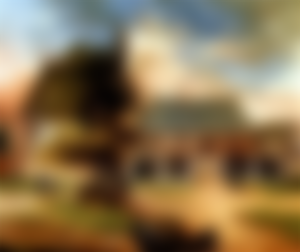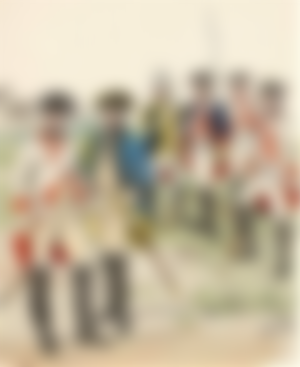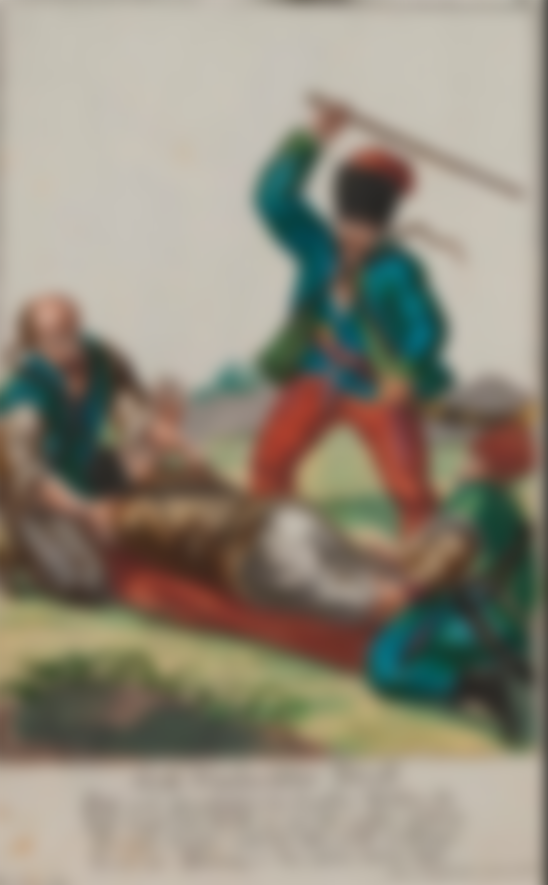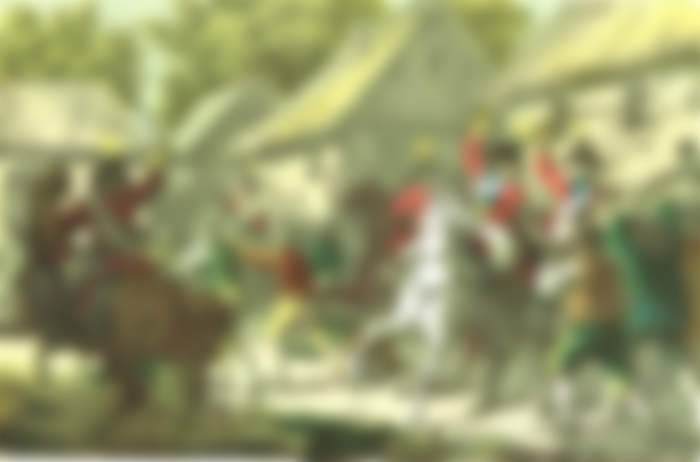In the first decades after the liberation of Slavonia and other regions from the Ottoman Turkish rule, large parts of the country came under the military-chamber rule based in Osijek. Somewhere earlier, somewhere later, but mostly after 1728, the chamber ceded certain estates to the lords. Many of them were greedy and ruthless stewards who got rich at the expense of their subjects.

The great tax burden, excesses and injustices that were mostly committed by the army stationed in all parts. The conflicts that took place between the authorities and the military-chamber command led the newly arrived population to despair, to flee to other parts and even to refugees in the areas that were still under the Ottomans. People went into cruel hajducija, raised revolts and wished to return to the rule of the chamber, which seemed to be more bearable than the aristocratic one.
Dissatisfaction gripped the broad strata and culminated in a revolt in 1735-36.

It seems that the revolt in our region took place on the Nuštar manor in 1736, when the peasants broke into the property and began to destroy the newly built expensive baroque park, knowing that they were most harmful to the Gosseau manor (builder of the Osijek fortress). Then they broke into the house of the manager of the estate, grabbed his brandy and wine and beat up a man.
News of the rebellion reached the Slavonian military command in Osijek, and the villagers decided to send their envoys to it and ask for protection. The command then sent a military and chamber representative to the Nuštar manor to kill the people and investigate their problems.

On February 9, 1736, representatives of the authorities, accompanied by the army, went to the rebel manor. Along the way, they learned that the villagers had occupied the bridge on Vuka and that they intended to demolish it. However, when the members of the commission instructed the army to prevent that, the villagers who blocked the bridge withdrew to the nearby forest, so the representatives of the authorities entered Nuštar unhindered. There, in front of the castle, they were greeted "without any rebellion" by a crowd of 400 peasants, armed with some rifles and many clubs. When asked by the commission why they had gathered in such numbers and what they wanted, they replied that they were asking Count Kozo for nothing but justice.

In time, there was an assembly in Ilača and then in Sotin, and villages and border guards on the Sava protested in turn. During 1736, there was a revolt on the Ilok estate.
When the supreme authority in Vienna learned of the events in Nuštar, it ordered six infantry companies to be transferred from Hungary to Slavonia in order to maintain peace. As the action of the peasants against the landlords was assessed as 'crimen publicum', it was decided that the instigators of the revolt should be punished accordingly.

The peasants filed their lawsuits against Count Kozo not only with the military and chamber authorities in Osijek, but also with the court chamber in Vienna, which, with the consent of the ruler and with the notification of the Court War Council, brought certain positive solutions for the peasants. and calmed down.
The riots on the Nuštar manor resonated with the peasants on the neighboring Vukovar manor of Count Kuffstein. Kozo's subjects were allegedly rebelled on the one hand, and border guards from the village of Mirkovac near Vinkovci on the other influenced the birth of unrest among Kuffstein's subjects. This was determined for the border guard Jovan Novaković from Mirkovac, who was hanged after the collapse of the resistance of the peasants.
It is possible that the revolt was one of the reasons for the sale of the Vukovar estate to the Counts of Eltz in 1736.




